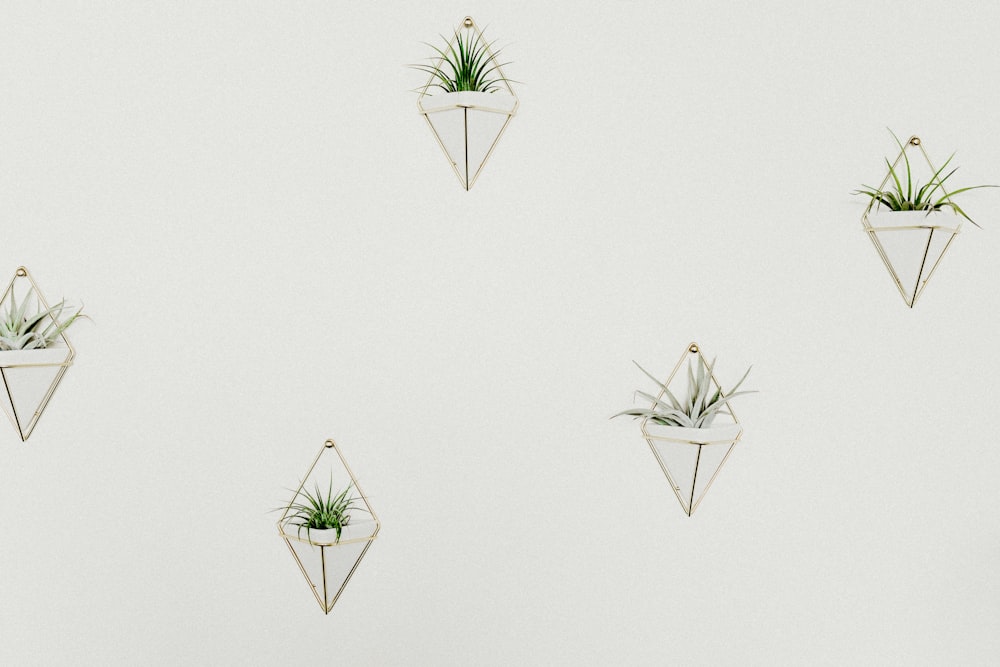
Finding Your Flow Daily Life Balance Hacks
Understanding Your Peak Performance
Finding your flow state – that feeling of effortless focus and complete immersion in a task – isn’t about mystical powers; it’s about understanding your personal rhythm and optimizing your environment. We all have times of day when we’re sharper, more creative, or simply more energized. Identifying your peak performance times is crucial. Experiment with scheduling demanding tasks for when you’re most alert and less taxing ones for when your energy dips. Tracking your energy levels throughout the day through a simple journal or app can reveal valuable insights into your personal productivity curve.
The Power of Time Blocking
Time blocking isn’t about rigid adherence to a schedule; it’s about intentional allocation of time. Instead of reacting to demands as they arise, proactively schedule specific blocks of time for various tasks, including work, family time, exercise, and even relaxation. This prevents task-switching, a notorious flow killer. When you dedicate a specific time slot to a particular activity, you create mental space and reduce decision fatigue, making it easier to get into a flow state. Remember to build in buffer time between tasks to avoid feeling rushed.
Embrace the Art of Saying No
Overcommitment is the enemy of flow. Learning to politely decline requests that don’t align with your priorities or capacity is vital. Saying “no” protects your time and energy, allowing you to dedicate yourself fully to the tasks that truly matter. This doesn’t mean becoming antisocial; it’s about being selective about how you spend your time and energy, ensuring you’re focused on activities that contribute to your well-being and goals.
Minimize Distractions: Your Digital Detox Strategy
Our hyper-connected world is rife with distractions. Constant notifications, emails, and social media updates fragment our attention and prevent us from entering a flow state. Developing a digital detox strategy is essential. This could involve turning off notifications, using website blockers during focused work sessions, or scheduling specific times for checking emails and social media. Creating a dedicated workspace free from distractions can also significantly improve focus.
The Importance of Movement and Mindfulness
Physical activity and mindfulness practices are often overlooked yet incredibly important for maintaining a healthy flow state. Regular exercise boosts energy levels, improves mood, and enhances cognitive function. Mindfulness techniques, such as meditation or deep breathing, can help calm the mind, reduce stress, and improve focus. Integrating short bursts of physical activity and mindfulness throughout your day can significantly enhance your ability to enter and maintain a state of flow.
Prioritize Sleep: Your Body’s Recharge
Adequate sleep is fundamental to optimal cognitive function and emotional well-being. Sleep deprivation impairs concentration, creativity, and decision-making, making it almost impossible to achieve a flow state. Aim for 7-9 hours of quality sleep each night. Establish a consistent sleep schedule, create a relaxing bedtime routine, and optimize your sleep environment for darkness and quiet. Prioritizing sleep isn’t just about feeling rested; it’s about unlocking your full potential for focus and productivity.
Cultivating Self-Compassion and Patience
Finding your flow is a














